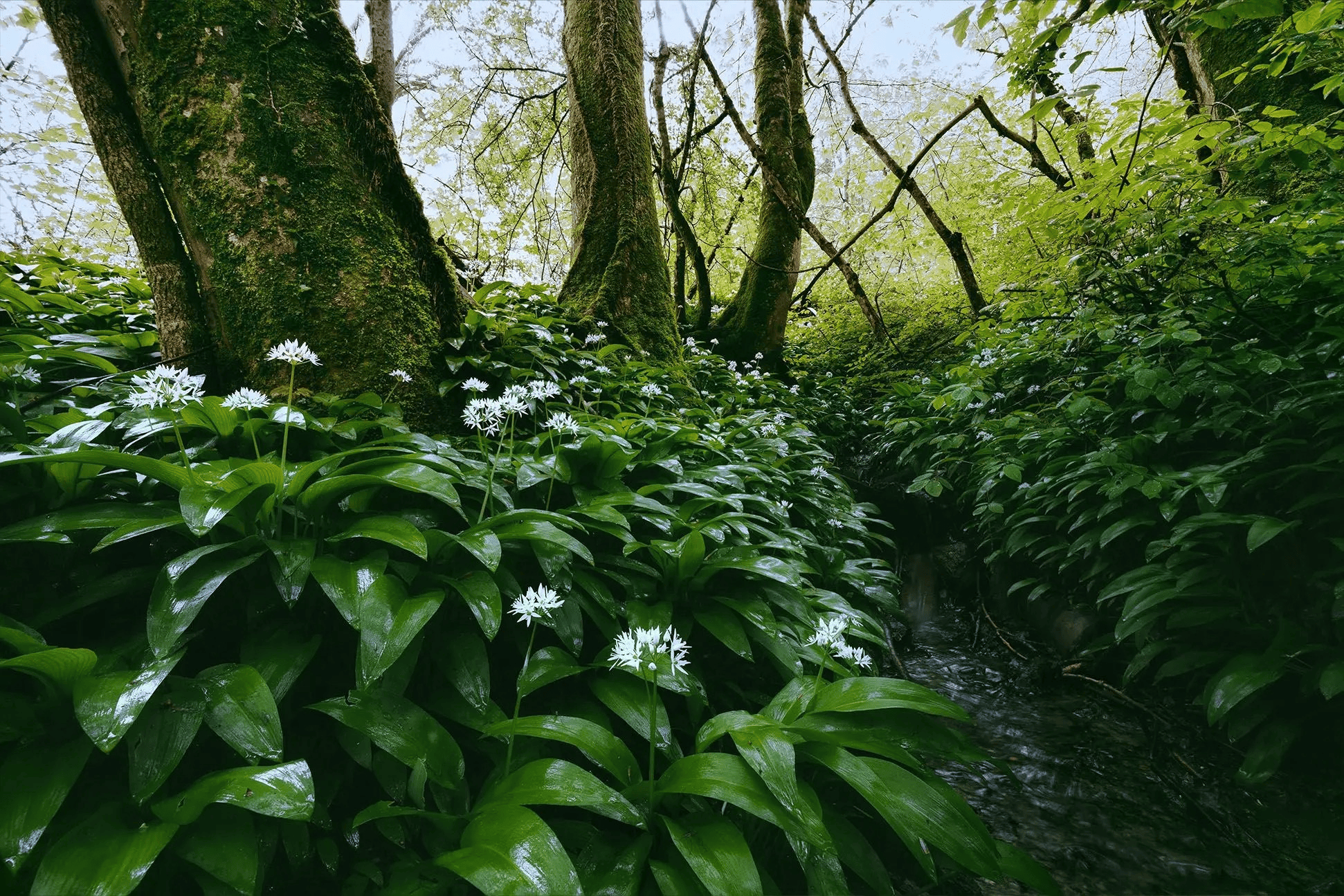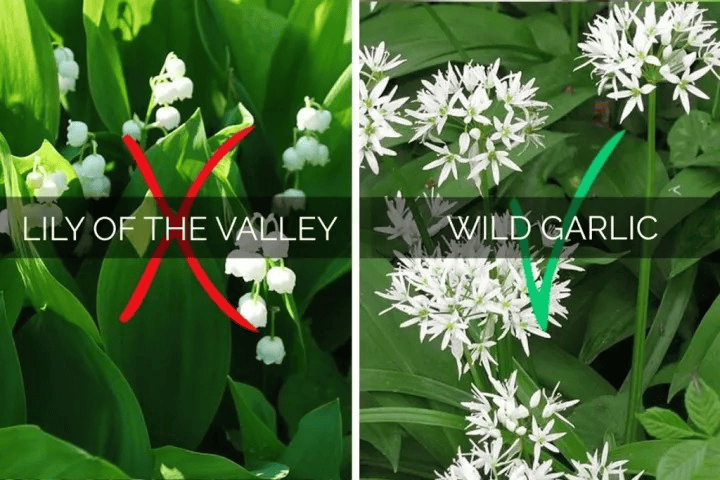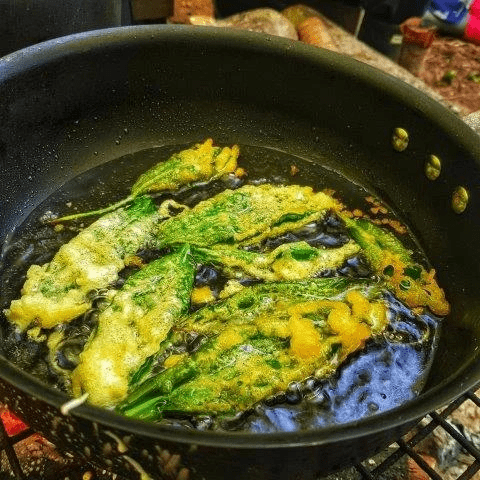Physical Address
304 North Cardinal St.
Dorchester Center, MA 02124
Physical Address
304 North Cardinal St.
Dorchester Center, MA 02124

Imagine walking through a woodland in spring, the air filled with a rich, garlicky aroma. Beneath your feet, a sea of vibrant green leaves stretches across the forest floor. This is wild garlic—one of nature’s most powerful, nutritious, and completely free foods hiding in plain sight. But why doesn’t the system want you to know about it?
Wild garlic is an incredible plant that has been used for centuries for both food and medicine. Unlike the chemically-laden produce found in supermarkets, this nutrient-packed green is available to anyone willing to step outside and reclaim their connection to the land. Let’s dive into everything you need to know about wild garlic, from how to find it to how to use it in your meals.
Wild garlic thrives in the UK from early spring to late summer, with peak foraging time between March and June. It’s one of the first signs of life after winter, bursting through the soil while many other plants remain dormant.
The best time to harvest wild garlic leaves is before it flowers (around April to May), as this is when they are at their most tender and flavorful. After flowering, the leaves can become tougher, but the flowers themselves are also edible and make a great garnish!
Before you pick any wild plant, it’s crucial to correctly identify it. Some plants look similar to wild garlic but are toxic. Here’s how to be sure you’ve found the real thing:
✔ Leaves – Broad, vibrant green, lance-shaped leaves that grow in clusters from the base.
✔ Scent – Crush a leaf between your fingers—wild garlic has a strong garlic smell. No scent? It’s NOT wild garlic!
✔ Flowers – Small, white, star-shaped flowers appear in clusters from April onwards.
✔ Growth Location – Typically found in damp, shady woodlands, hedgerows, and riverbanks. It prefers moist soil and often grows in large patches.
⚠ Lily of the Valley – Similar leaves, but NO garlic scent (highly toxic).
⚠ Lords-and-Ladies (Arum maculatum) – Arrow-shaped leaves with spots; again, NO garlic smell (also toxic).

🔎 TIP: Always rely on the garlic scent test—if it doesn’t smell like garlic, don’t eat it!
Wild garlic is widespread across the UK and Europe, thriving in woodlands, alongside rivers, and in shaded meadows. Look for it in areas with rich, damp soil, often in large colonies.
For the best flavor and sustainability, always forage away from roadsides, polluted areas, or dog-walking paths.
Big Pharma won’t tell you this, but wild garlic is an immune-boosting powerhouse. It contains:
🧄 Allicin – A natural antibiotic with antibacterial, antiviral, and antifungal properties.
🩸 Blood pressure regulation – Helps lower blood pressure and improve heart health.
🦴 Anti-inflammatory compounds – Supports joint health and reduces inflammation.
🛡 Detoxifying properties – Supports liver function and removes toxins from the body.
🧠 Brain health benefits – May help prevent cognitive decline.
Wild garlic is an ancient medicine and food that has been used for centuries—but since you can’t patent and profit from it, don’t expect mainstream health advice to promote it.
Wild garlic is incredibly versatile and can be used fresh, cooked, or preserved. Unlike regular garlic bulbs, the leaves, flowers, and stems are all edible.
🔥 Raw in Salads – Chop fresh leaves into salads for a garlicky kick.
🔥 Pesto – Blend with nuts, olive oil, and cheese (or nutritional yeast) for a potent wild garlic pesto.
🔥 Soups & Sauces – Add to broths and sauces for extra flavor and nutrition.
🔥 Wild Garlic Butter – Mix with butter and spread on bread or melt over roasted veggies.
🔥 Fermentation & Pickling – Preserve it for longer use in kimchi or pickled preparations.

Yes—but it’s milder and fresher, with a slight onion-like sweetness. It’s perfect for adding depth to dishes without overpowering them like traditional garlic cloves.
It’s simple: they can’t profit from it.
Wild garlic, like dandelions and other wild edibles, grows freely and abundantly—no need for expensive supplements, pharmaceuticals, or overpriced supermarket produce.
The more people learn to forage and take control of their own food supply, the less power corporations and governments have over what we eat. This is why wild food knowledge has been erased from mainstream education.
But knowledge is power—and food is freedom.
If you’re interested in nature’s free medicine, check out our blog post on Why the System Hates Edible Weeds And Why You Should Love Them.
Foraging for wild garlic is not just about food—it’s about self-sufficiency. It’s about reconnecting with nature and breaking free from reliance on a broken food system.
🌱 Have you foraged wild garlic before? What’s your favorite way to use it? Drop your thoughts in the comments! Let’s keep this knowledge alive. 👇